
The Colugo, a small gliding mammal from Southeast Asia, whose closest
Colugos ( / kəˈluːɡoʊ /) [2] [3] are arboreal gliding mammals that are native to Southeast Asia. Their closest evolutionary relatives are primates. There are just two living species of colugos: the Sunda flying lemur ( Galeopterus variegatus) and the Philippine flying lemur ( Cynocephalus volans ).
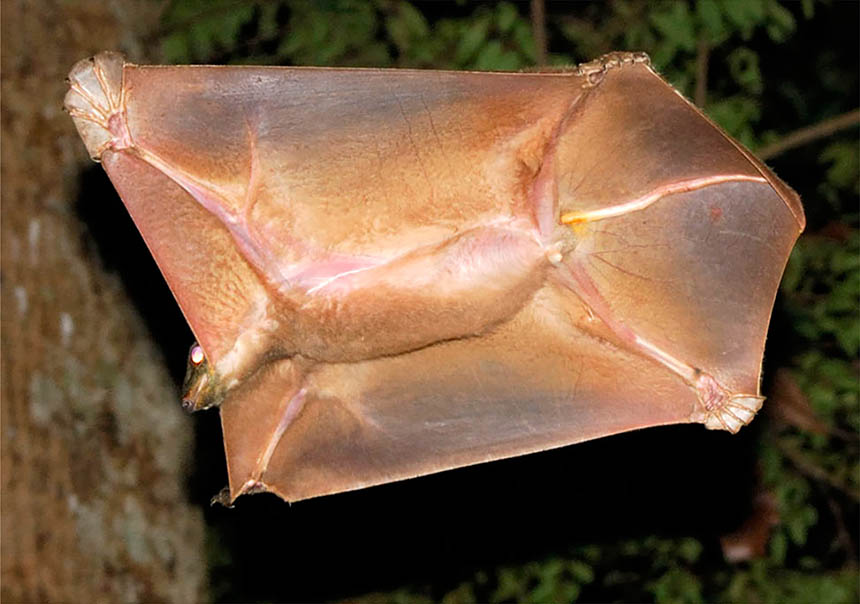
Colugo genome reveals gliders as primate cousins Science News
The Malayan, or Sunda, colugo, also called Malayan, or Sunda, flying lemur (Galeopterus variegatus), ranges from Vietnam, Laos, and Cambodia and southward along the Malay Peninsula to the islands of Sumatra, Borneo, and Java. Adults of both species can grow as large as 42 cm (16.5 inches) in body length, with a tail that extends an additional.
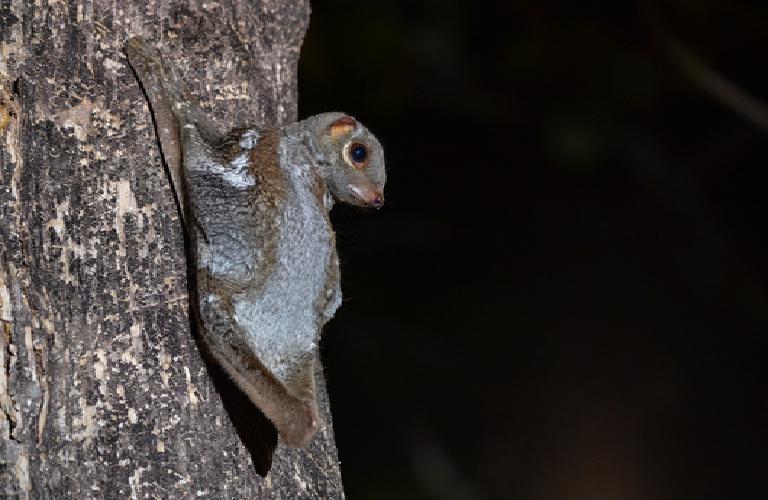
Muhammad Fizri Bin Ahmad Zubir Behavior and Ecology of Sunda Colugos
variegatus) and the Philippine colugo (Cynocephalus volans) [2]. Because the evolutionary history of colugos is poorly known we undertook the first study to examine genetic variation in the broadly distributed Sunda colugo. Our results, combined with morphological data, provide compelling evidence that mainland, Javan, and Bornean colugo subspecies

Colugo A Colugo, also known as the Sunda Flying Lemur (Gal… Flickr
Colugo contigs that had top-scoring BLAST hits to the X chromosome sequence from all three species were considered orthologous. We generated nearly neutral X chromosome capture probes by designing PCR-based amplicons ~1 kb in length from within each retrieved scaffold (database S6). We specifically targeted nonrepetitive sequence that was the.

Sunda Colugo or Sunda Flying Lemur Nick Garbutt
Sunda Colugo Appearance. Sunda Colugo is a small animal of up to 1.08 to 1.37 feet (33 to 42 cm) in length. Their body weight ranges from 2 to 4.5 pounds (0.9 to 2 kg). It has a small head, two large protruding eyes, small ears, and a wide brow. Its snout has a blunt shape with no obvious whiskers.

Galeopterus variegatus DERMOPTERA sonda colugo Animals, Moose art, Art
Il colugo della Sonda o galeopiteco della Malesia ( Galeopterus variegatus Audebert, 1799 )), impropriamente detto anche lemure volante della Sonda, è un mammifero asiatico della famiglia dei Cinocefalidi, a cui appartiene un'altra sola specie vivente, il colugo delle Filippine ( Cynocephalus volans) Indice 1 Descrizione 2 Biologia

The Sunda Colugo, also known as the Sunda flying lemur, can glide over
Flying lemurs, or colugos, are among the most enigmatic mammals. They have the most extensive gliding membrane of any volant mammal (Figure 1A), allowing them to traverse distances up to 136 meters [1]. Current taxonomy recognizes just two colugo species, each assigned to a unique genus: the Sunda colugo (Galeopterus variegatus) and the Philippine colugo (Cynocephalus volans) [2]. Because the.
🔥 Sunda Colugo also known as the Malayan Flying Lemur
The Cool Sunda Colugo. The Sunda colugo, aka the flying lemur is a freaky cool critter from Southeast Asia and on some of the Philippine Islands. More specifically from Indochina and southern Thailand to peninsular Malaysia, Burma, Singapore, and the Indonesian islands of Sumatra and even Java. They also occur throughout Borneo.
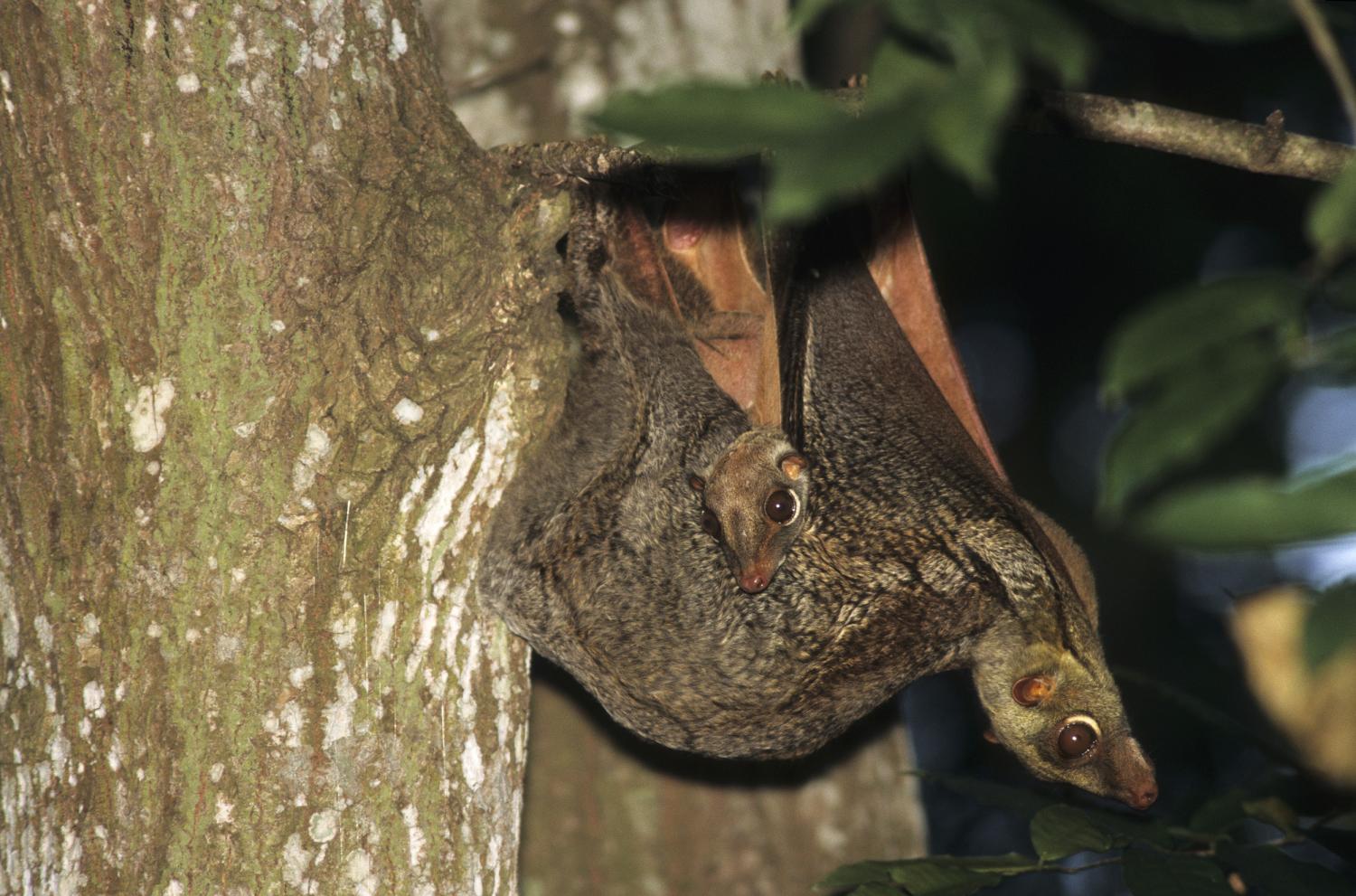
Colugo / Langkawi The Curious Island Of The Strange Colugos Bbc Travel
Il colugo della Sonda o galeopiteco della Malesia ( Galeopterus variegatus Audebert, 1799)), impropriamente detto anche lemure volante della Sonda, è un mammifero asiatico della famiglia dei Cinocefalidi, a cui appartiene un'altra sola specie vivente, il colugo delle Filippine (Cynocephalus volans) No Notturno Er

First record of ultrasound communication in the mysterious Sunda colugo
ABSTRACT. - Colugos are arboreal folivores and are found in tropical rainforests of Southeast Asia. Despite their discovery roughly 200 years ago, colugos attracted relatively little scientifi c attention. Given the importance of population estimates in conservation decision-making, it is surprising that no colugo

Colugo Mammals
Firstly, the adult Sunda Colugo attains an average body length of roughly 15 in (38 cm). In addition, the tail averages about 10 in (25 cm) in length. The fascinating small animal understandably remains a rather light creature, attaining a maximum recorded weight of only 2.9 lb (1.3 kg). In coloring, it also most commonly presents a seemingly.

Animal Energy Sunda Flying Lemur Colugo
kg lbs. Length. 33-42. cm inch. Wingspan. 70. cm inch. The Sunda flying lemur ( Galeopterus variegatus ), also known as Sunda colugo, Malayan flying lemur and Malayan colugo, is a colugo species. It is native throughout Southeast Asia ranging from southern Myanmar, Thailand, southern Vietnam, Malaysia to Singapore and Indonesia.
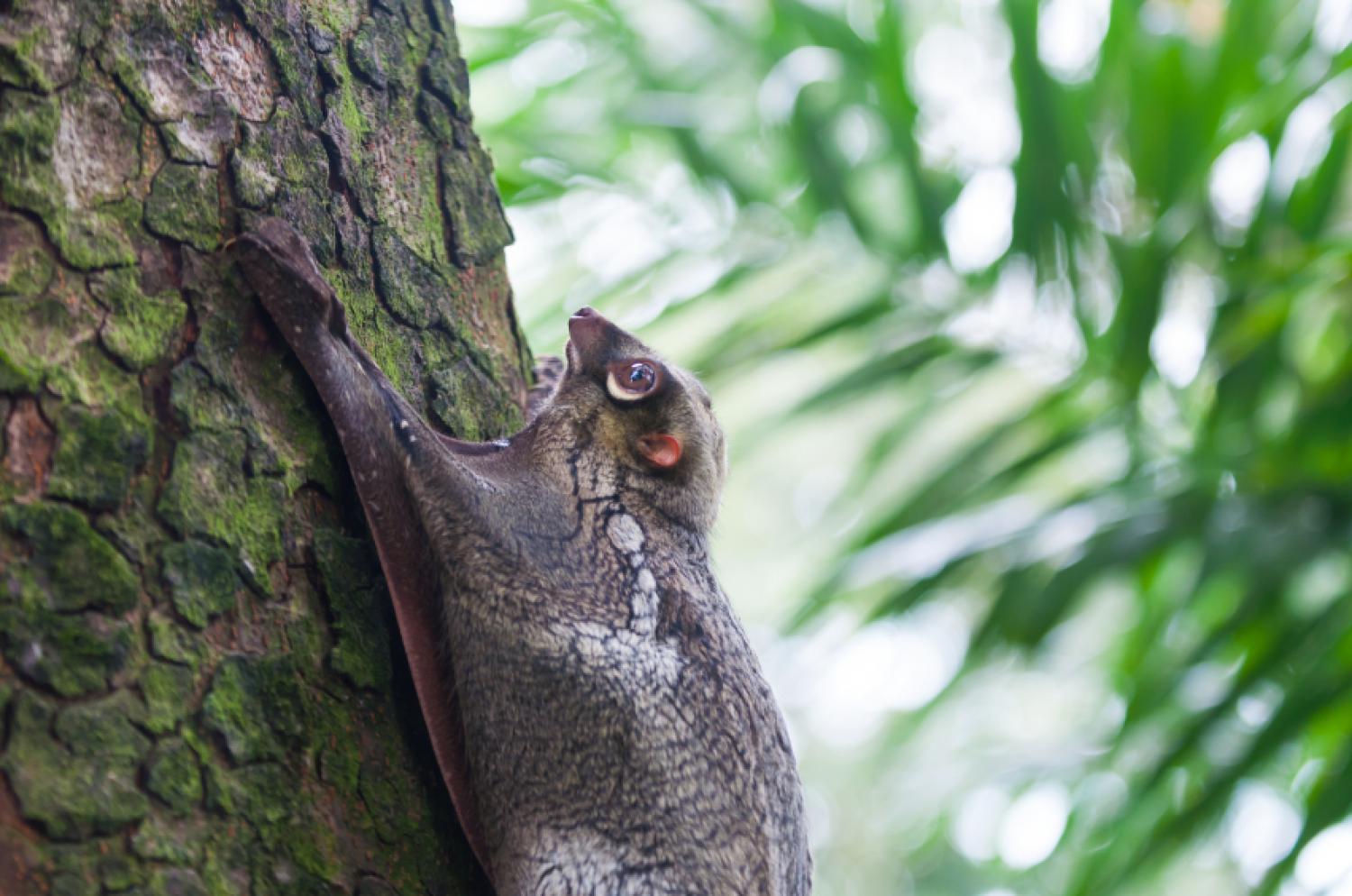
Sunda colugo (Galeopterus variegatus)
Species : Galeopterus variegatus. Head-Body Length : 34-42 cm. Tail Length : 17-28 cm. Weight : 1.1-1.3 kg. The Sunda or Malayan Colugo is the most widespread of the genus Galeopterus; it occurs in parts of southern Myanmar and southern Thailand, localised areas of Laos, Cambodia and Vietnam, and has an extensive range in Peninsular Malaysia.

Sunda Colugo YouTube
(In Thai: บ่าง, baang) The Sunda flying lemur (Galeopterus variegatus), also known as the Malayan flying lemur or Malayan colugo, is a species of colugo. Until recently, it was thought to be one of only two species of flying lemur, the other being the Philippine flying lemur which is found only in the Philippines.

รูปภาพ สัตว์ป่า, สวนสัตว์, สัตว์เลี้ยงลูกด้วยนม, เจ้าคณะ, สัตว์มี
The Sunda flying lemur (Galeopterus variegatus), also known as Sunda colugo, Malayan flying lemur and Malayan colugo, is a colugo species. It is native throughout Southeast Asia ranging from southern Myanmar, Thailand, southern Vietnam, Malaysia to Singapore and Indonesia. The head-body length of Sunda flying lemur is about 33 to 42 cm (13 to 17 in). Its tail length measures 18 to 27 cm (7.1.
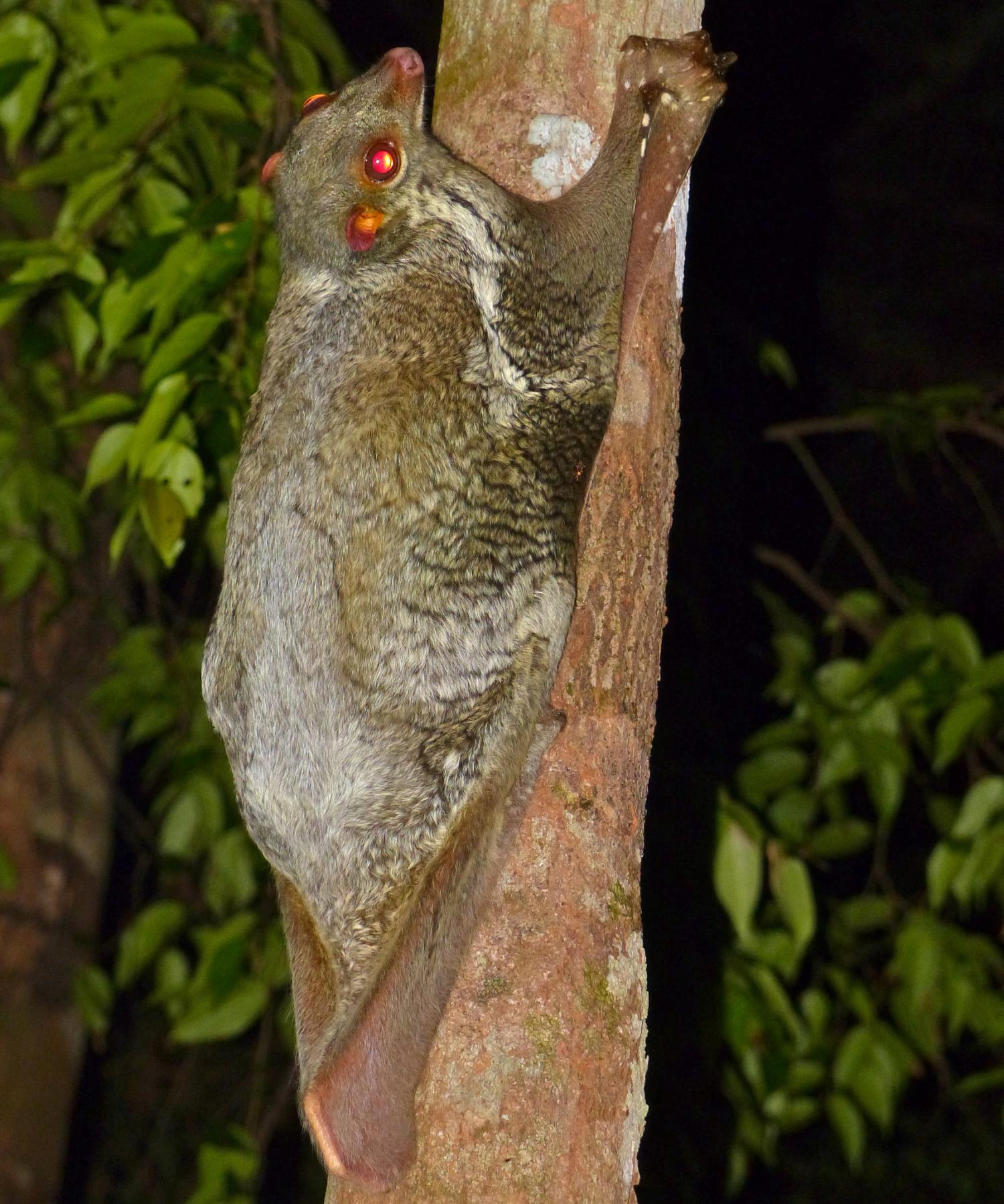
Sunda colugo (Galeopterus variegatus)
(A) Gliding culogo. (B) Geographic distribution of Sunda (green) and Philippine (brown) colugos in Southeast Asia, including locations sampled. (C,D) Maximum likelihood phylogenies reconstructed from mitochondrial (C) and nuclear (D) DNA segments for Sunda colugos, with the Philippine colugo as the outgroup.